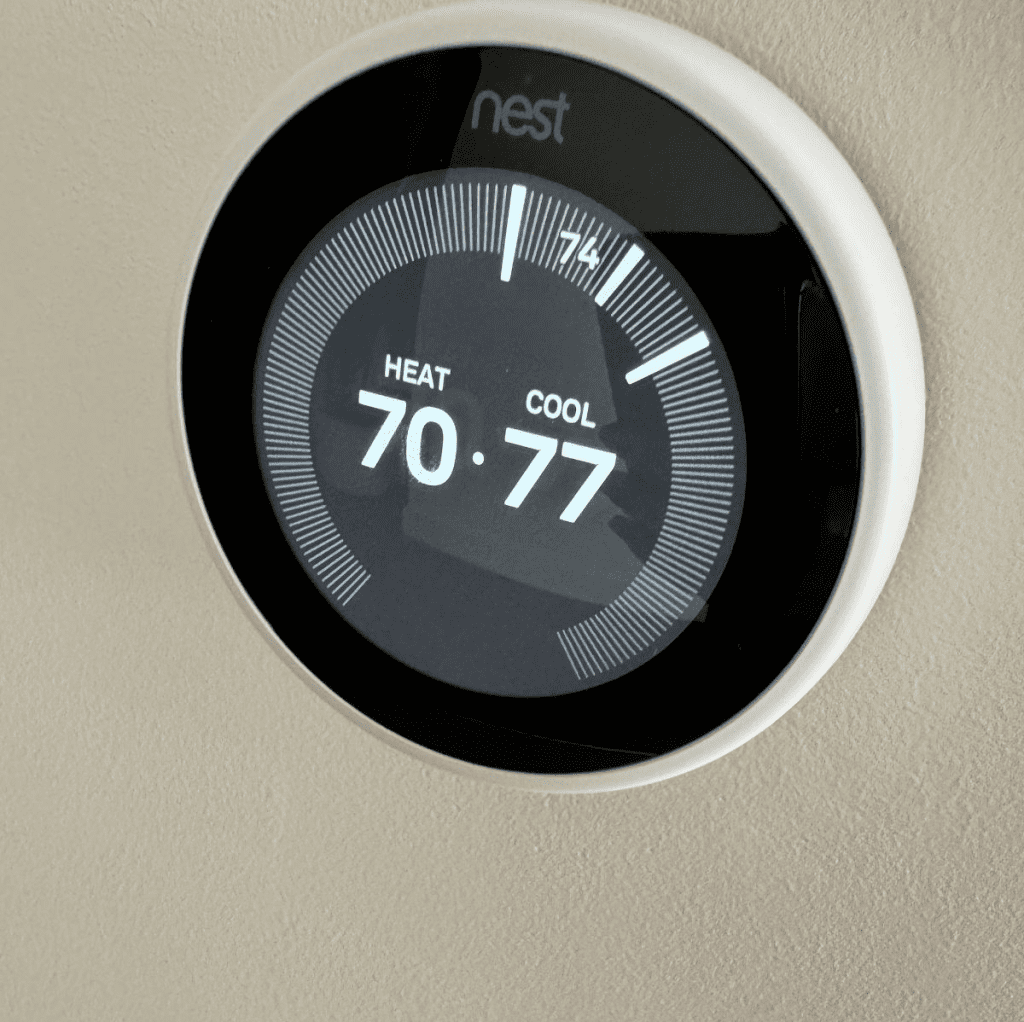As the chilly winds of winter start to creep in, homeowners everywhere face a familiar dilemma: What’s the ideal temperature to set my thermostat during the winter months? It’s a balancing act between staying cozy and keeping energy bills under control. While the answer may vary based on personal preferences and household circumstances, there are clear guidelines to help you find that sweet spot.
In this article, we’ll explore the key factors to consider when setting your thermostat in winter, practical recommendations for different situations, and tips to enhance both comfort and energy efficiency.

Comfort vs. Energy Efficiency: Striking the Perfect Balance
When winter arrives, the goal is simple: stay warm without burning a hole in your wallet. But here’s the catch—heating accounts for nearly half of the energy use in a typical U.S. home during colder months. That’s why finding the ideal thermostat setting is so important.
Comfort and energy efficiency often feel like opposing forces. The warmer you keep your home, the higher your energy costs. Yet, shivering under a blanket isn’t a practical solution either. The trick is to find a middle ground that works for you, combining practical temperature settings with smart strategies to keep energy use in check.
Recommended Thermostat Settings for Winter
The ideal thermostat temperature depends on your lifestyle and habits, but here are some general guidelines to help you get started.
When You’re at Home
The U.S. Department of Energy recommends setting your thermostat to 68°F (20°C) during the daytime while you’re home. This temperature strikes a good balance between comfort and energy savings. If you prefer a slightly warmer or cooler home, feel free to adjust it by a degree or two, but keep in mind that every degree can impact your energy bill by about 1%.
When You’re Asleep or Away
At night or when you’re away from home, lower your thermostat by 10 to 15 degrees. A temperature of 55-60°F (13-15°C) is often recommended during these times. This small adjustment can result in significant savings—up to 10% a year on heating bills, according to energy experts. To avoid forgetting to change the settings, a programmable or smart thermostat can automate the process for you.
For Homes with Heat Zoning
If your home has a zoning system, you have even more control. Zoning allows you to heat specific areas of your home independently. For example, you can keep commonly used spaces, like the living room, at 68°F while reducing the temperature in less frequently used areas, like guest bedrooms or storage spaces.
The Benefits of Programmable and Smart Thermostats
Programmable thermostats are a game-changer for maintaining optimal temperature settings throughout the day. These devices allow you to set schedules, adjusting temperatures based on your daily routine. For instance, you can schedule the heat to lower when you leave for work and rise again before you return home, ensuring comfort without wasting energy.
Smart thermostats take it a step further by learning your habits and preferences over time. They can also be controlled remotely via your smartphone, letting you make adjustments on the go. Many smart thermostats even provide energy reports, helping you track your usage and find ways to save more.
Humidity Control: An Overlooked Factor
Temperature isn’t the only element that determines comfort during winter. Humidity levels play a huge role as well. Dry air, common during the colder months, can make your home feel colder than it actually is. Low humidity can also cause dry skin, irritated sinuses, and static electricity, making winter even less pleasant.
To combat this, consider using a humidifier to maintain indoor humidity levels between 30% and 50%. Proper humidity can make a 68°F room feel significantly warmer, allowing you to keep the thermostat lower without sacrificing comfort.
Simple Ways to Stay Warm Without Raising the Thermostat
Sometimes, the best way to stay warm doesn’t involve adjusting the thermostat at all. Here are a few tried-and-true methods to stay cozy:
- Dress for the Season: Wear layers, thick socks, and slippers indoors. A cozy sweater or fleece can make a huge difference in how warm you feel, even at lower temperatures.
- Use Warm Bedding: Swap lightweight sheets for flannel or fleece bedding, and add an extra blanket to your bed for those chilly winter nights.
- Seal Drafts: Check for drafts around windows and doors. Weatherstripping and draft stoppers can prevent cold air from seeping in, keeping your home warmer without extra heating.
- Take Advantage of Sunlight: Open curtains on sunny days to let natural warmth into your home. Close them at night to retain the heat.
- Use Space Heaters Wisely: For smaller areas, a portable space heater can provide targeted warmth without the need to heat the entire house.
Long-Term Strategies for Winter Efficiency
For those who want to go beyond quick fixes, consider investing in long-term solutions to make your home more energy-efficient. These upgrades can help you maintain a comfortable temperature while reducing heating costs:
- Upgrade Insulation: Proper insulation in your walls, attic, and floors prevents heat from escaping, keeping your home warmer for longer.
- Maintain Your HVAC System: Schedule regular maintenance for your heating system to ensure it runs efficiently. Replace air filters as needed to improve airflow and performance.
- Install Energy-Efficient Windows: Double-paned or energy-efficient windows can help reduce heat loss, keeping your home cozy during winter.
Personalizing Your Thermostat Settings
Ultimately, the ideal thermostat setting for winter is unique to each household. Factors like the age of your home, the efficiency of your heating system, and your personal comfort preferences all play a role. Use the recommended settings as a starting point, but don’t be afraid to tweak them until you find what works best for you and your family.
Conclusion
Setting your thermostat in winter doesn’t have to be a guessing game. By following these guidelines and adopting energy-efficient habits, you can strike the perfect balance between comfort and savings. Whether it’s using a programmable thermostat, maintaining proper humidity levels, or simply bundling up in warm clothing, every small step adds up to a cozier and more cost-effective winter.
Winter may be cold, but with the right approach, you can stay warm without breaking the bank. Now, it’s your turn—set your thermostat wisely, enjoy the season, and let the savings roll in!


